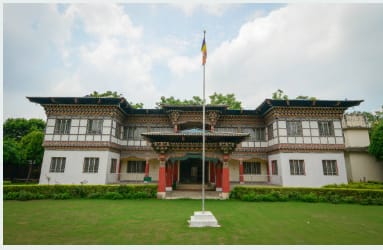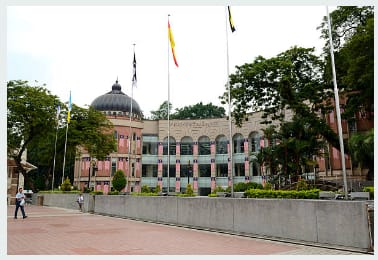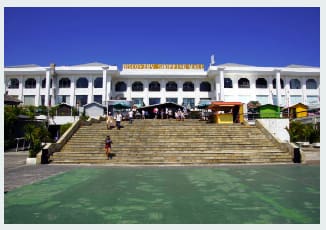The Tshogshing Lhakhang
The Tshogshing Lhakhang in simple English means the ‘tree of life.’ This is a three-dimensional mandala and is made of the deities of the four major Buddhist schools in the country of Bhutan. The ‘Tree of Life’ is situated on the topmost floor of the National Museum building. The museum building consists of 6 floors. Besides, there is also an underground tunnel leading from the watchtower to the water supply below.
Without a doubt, this masterpiece is the pride of Bhutan. The Tshogshing Lhakhang is decked with deities of each of the four major Buddhist schools. It also boasts a rich collection of Bhutanese stamps. The stamps were issued by the country’s postal department to commemorate significant events, people, and places.

The deities of the schools start with the Dagpo Kagyud school of the south, the Nyingma school of the west, the Glugpa school of the north, and finally the Drukpa Kagyud school of the east.
Each of the deities is patiently and carefully hand-crafted with the use of clay. These deities are considered to be the best among Bhutanese clay artworks and the credit for these beauties goes to clay master Damchoe and his team from Hephu in Paro.

The National Museum came into existence in 1968. Setting up the museum was to showcase Bhutan’s rich traditions and culture. The museum is a storehouse of the country’s traditional and cultural treasures. There are more than 13 galleries in the museum. Each of the galleries holds exhibits from different periods and places. Some of the exhibits date back to as early as 2000 BC.
Today the National Museum is not only a tourist attraction; it is also a center for learning for both visitors and scholars. The place is visited by people from all over the world. Some have rightly described the place as a ‘museum within a museum’.
At present, only books and postcards are on sale in the museum. However, there are proposals to open a separate house for visitors to help them purchase replicas and other items from the museum.
Every year there are colloquiums and seminars on various topics. The topics relate to the country’s traditions and culture and books have also been published on the same. To date, five colloquiums have been organized. One can purchase the books from the ticket counter of the museum.
For prospective visitors, the Museum is open five days a week and the days run from Tuesday to Saturday. The museum is closed on government holidays. The visiting hours are from 9 am to 5 pm. Visitors are not allowed to carry any cameras or bags inside the museum. The personal belongings of the visitors should be deposited in the lockers, and available at the ticket counter. Visitors are also requested to refrain from picnicking inside the museum premises.
Bhutan is the ideal destination for someone keen to learn more about Buddhist culture. Unlike some of its larger and more celebrated neighbors, Bhutan places importance on the happiness of its residents and hence, visitors are greeted with a friendly welcome and end up with a satisfactory stay in the country.

